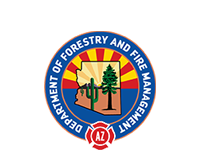Invasive Plants
Primary tabs

The Department of Forestry and Fire Management's Invasive Plant Program is a cooperative forestry program, funded primarily by the USDA Forest Service, state and private forestry. This program is intended to support cooperative management of invasive plants that threaten and are capable of transforming plant communities in forests and woodlands throughout Arizona.
This program promotes partnership with Cooperative Weed Management Areas, units of local government, non-profit organizations, and public education institutions in projects that focus on prevention, control, and eradication of invasive plants using an integrated weed management approach.
Arizona’s Invasive Plant Program addresses several critical objectives identified in the Arizona Forest Resource Strategy.
If you have any questions regarding the Arizona Invasive Plant Program, or need assistance with identifying and treating invasive plants, you reach the team at: invasiveplants@dffm.az.gov.
Invasive Plants of Concern
| Name | Elevation Range | Origin | |
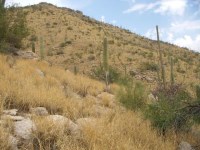 |
Buffel Grass |
Below 4,500 feet | Africa, Middle East, India |
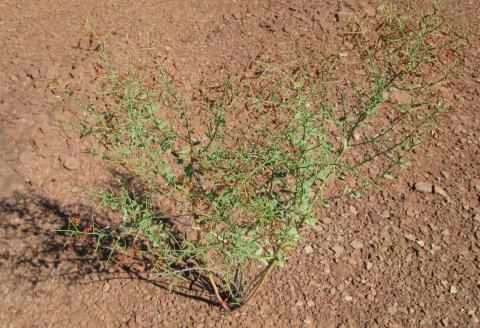 |
Camelthorn (Alhagi maurorum) | 4,500 to 5,000 feet | Mediterranean region and western Asia |
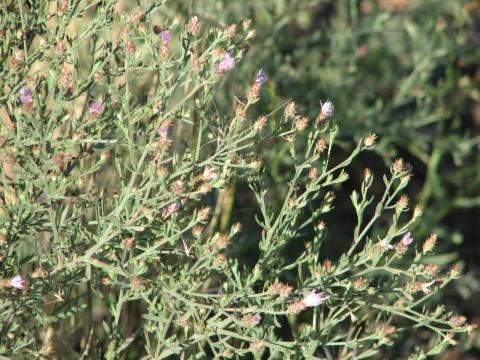 |
Diffuse Knapweed (Centaurea diffusa) | Below 7,200 feet | Southern Europe |
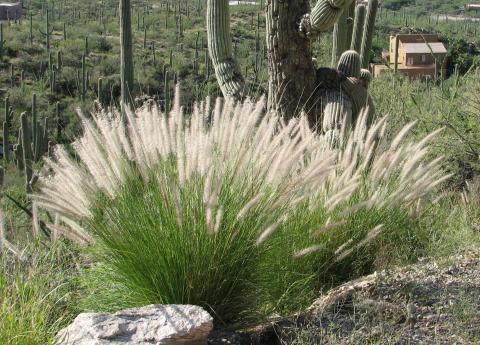 |
Fountaingrass (Pennisetum setaceum) | Below 4,500 feet | Mediterranean region |
 |
Giant Reed (Arundo donax) | Below 4,000 feet | Eastern Asia |
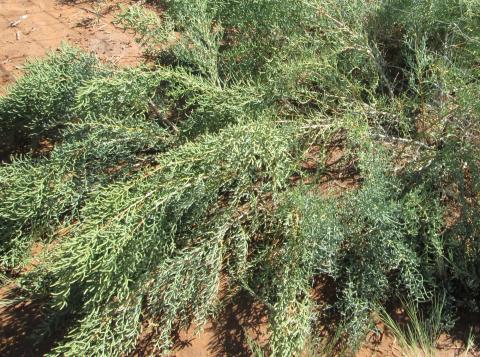 |
Halogeton (Halogeton glomeratus) | 4,000 to 6,500 feet | Cold desert regions of Eurasia |
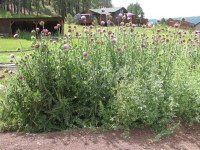 |
Musk Thistle (Carduus nutans) |
4,200 to 8,100 feet | Europe |
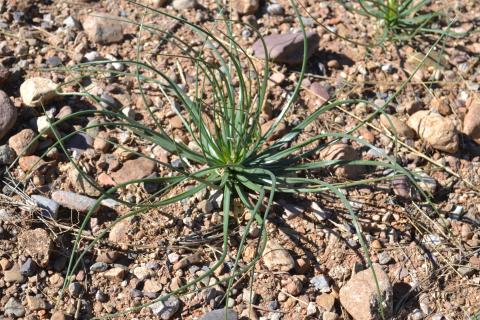 |
Onionweed (Asphodelus fistulosus) | Below 4,600 feet | Eurasia and North Africa |
 |
Salt Cedar (Tamarix spp.) |
Below 7,500 feet | Eurasia and Africa |
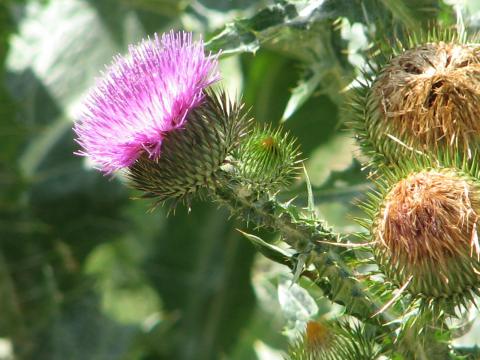 |
Scotch Thistle (Onopordum acanthium) | Below 7,500 feet | Europe and Mediterranean region |
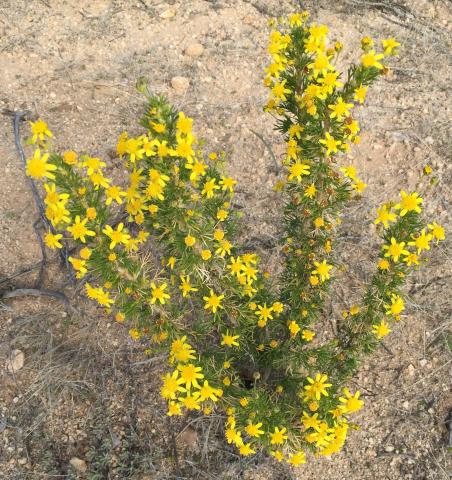 |
Sweet Resinbush (Euryops multifidus) | Below 8,000 feet | South Africa |
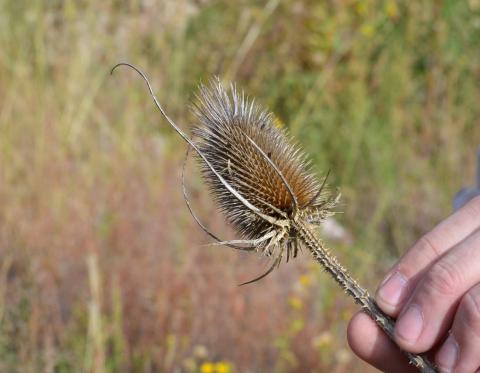 |
Teasel (Dipsacus fullonum) | 4,700 to 8,700 feet | Europe |
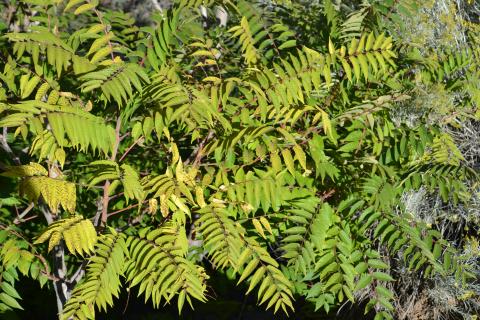 |
Tree of Heaven (Ailanthus altissima) | Below 6,200 feet | China |
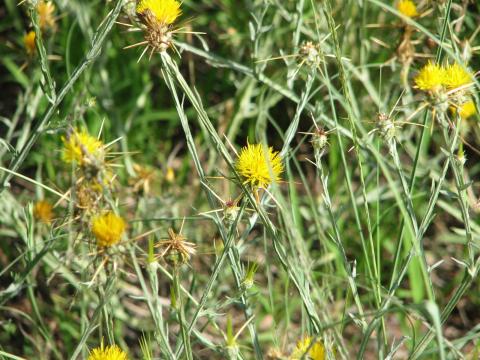 |
Yellow Starthistle | Below 8,200 feet | Southern Europe |
